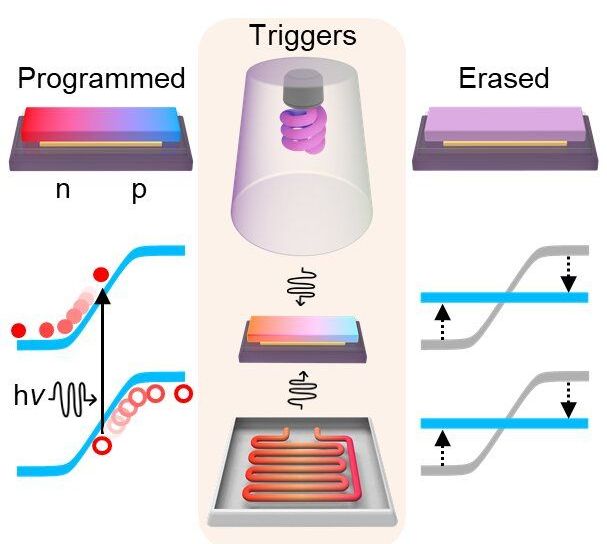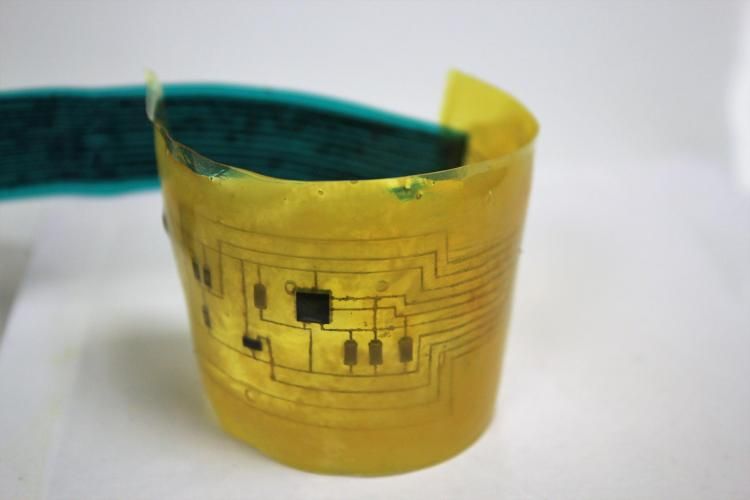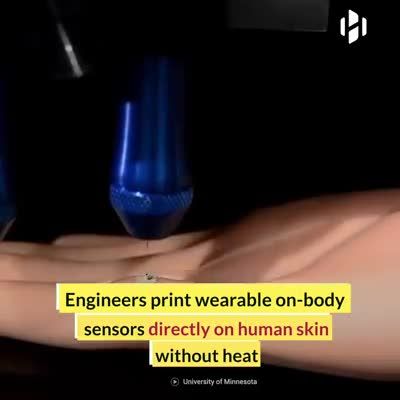In recent years, researchers have been trying to develop new types of highly performing electronic devices. As silicon-based devices are approaching their maximum performance, they have recently started exploring the potential of fabricating electronics using alternative superconductors.
Two-dimensional (2-D) semiconductors, such as graphene or tungsten diselenide (WSe2), are particularly promising for the development of electronics. Unfortunately, however, controlling the electronic properties of these materials can be very challenging, due to the limited amount of space within their lattices to incorporate impurity dopants (a process that is critical for controlling the carrier type and electronic properties of semiconductor materials).
Researchers at University of California, Los Angeles, have recently devised an approach that could enable the development of programmable devices made of 2-D semiconductors. This approach, presented in a paper published in Nature Electronics, leverages a superionic phase transition in silver iodide to tailor the carrier type within devices made of WSe2 via a process called switchable ionic doping.








